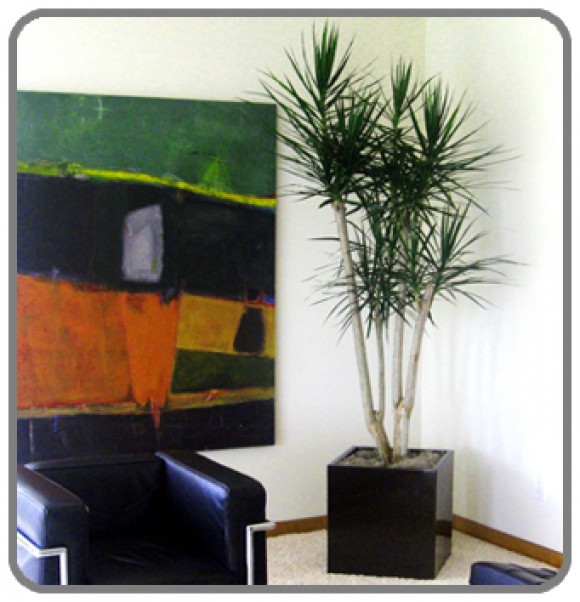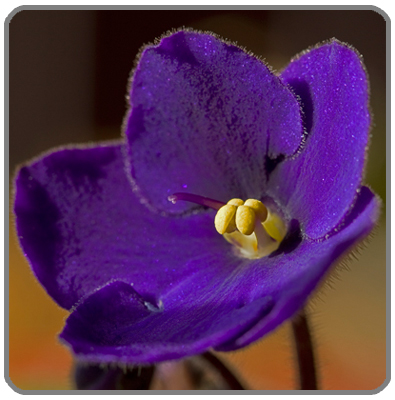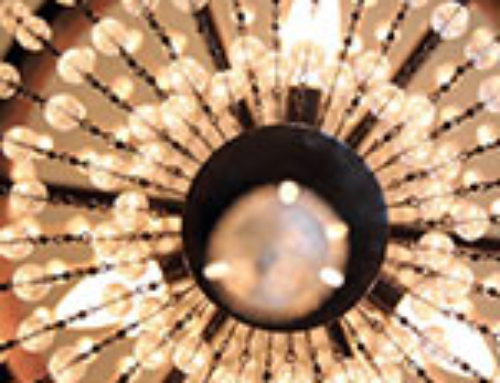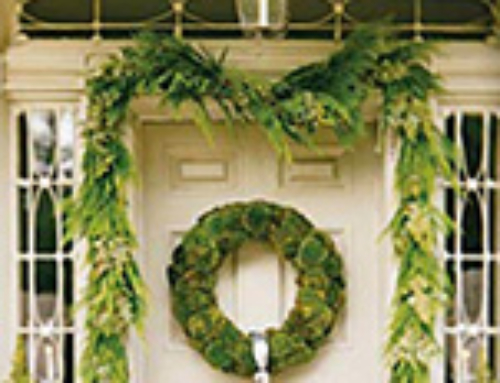
WINTER GARDENING
Plants have an important effect on our moods. The transition from summer can be challenging time for them. Dry air, temperature fluctuations, and reduced lighting send some indoor plants into a state of semi-dormancy. Others thrive in winter’s feeble light, adding vibrancy to the indoor landscape while purifying the air in our homes.
Success in the transition can be assured by selecting plants that can survive in low lighting conditions. Foliage plants are a popular choice for many indoor gardeners, as they tend to have low lighting requirements. While more demure than flashy flowering species, foliage plants add simple, stately beauty to your indoor décor.
LOW-LIGHT LOVERS
Dry, dim winters indoors are ideal for Sansevieria trifasciata, commonly known as snake plant or mother-in-law’s tongue. They prefer minimal lighting and well-drained soil, meeting its demise most commonly through well-intentioned over-watering. Described as “indestructible” by some growers, snake plants virtually thrive on neglect, making it an excellent plant for new indoor gardeners and green thumbs alike. Another must-have is for your indoor winter garden is the peace lily (Spathiphyllum sp.). Although they prefer more moisture than snake plants, peace lilies are easy to grow and tolerant of low lighting. The “closet plant,” as it is known, is unfazed by the limited daylight of winter and blooms year-round. Its sail-like white flowers contrast beautifully with its glossy green foliage, making the peace lily an attractive addition to your home.

GOOD SPORTS
Another plant that does relatively well with transition is the African violet (Saintpaulia ionantha). These velvet beauties prefer bright, indirect light, but they will remain content under balanced artificial lighting and in the gentle sunlight of winter days. New gardeners will find African violets to be both forgiving and rewarding, although they do require a bit more care and attention than other species.





